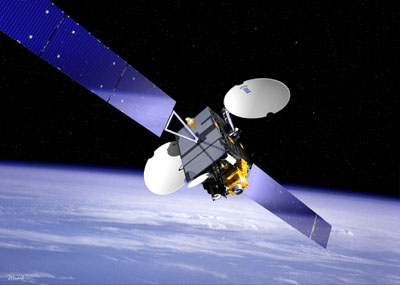Earth and Space: The Study of the Universe
Main Points:
|  |
The Solar System:
The solar system contains 1 sun and 8 planets. Along with a dwarf planet called pluto.

Orbits of the Planets:
The Planets orbit aroudn the sun, most of the planets do a almost perfect circle around the sun, while our dwarf planet pluto does a very oval shape
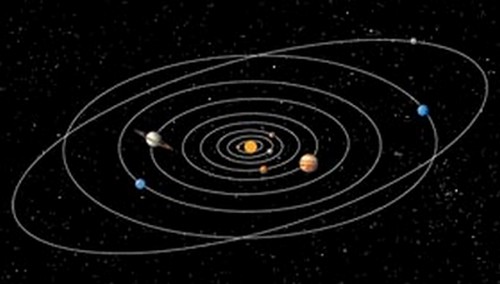
Seasons, Day and Night:
Seasons- Seasons depend on the Revolving of our planet around the sun. Because our Earth is tilted as we revolve at some points some areas of the earth will recieve more sun then others, but then as the earth revolves that place that might have got the most sun will now maybe get the least.
Day and Night- Day and Night Depend on the rotation of the earth. When the earth rotates, whichever side is facing the sun will have day and the side facing away from the sun wil have night.
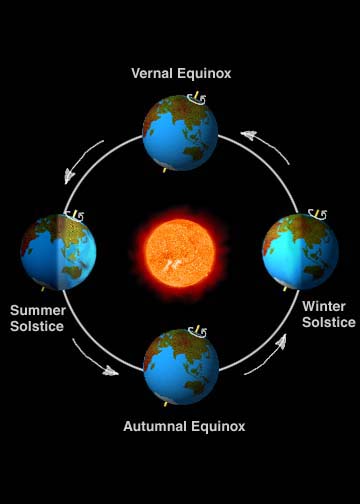
The Moon:
The Moon- is a big part of the earth functions, without a moon the earth may not run the same way. The moon moves around earth making the complete trip every 24 hours. we only see the moon because of the light from the sun reflecting off of it.
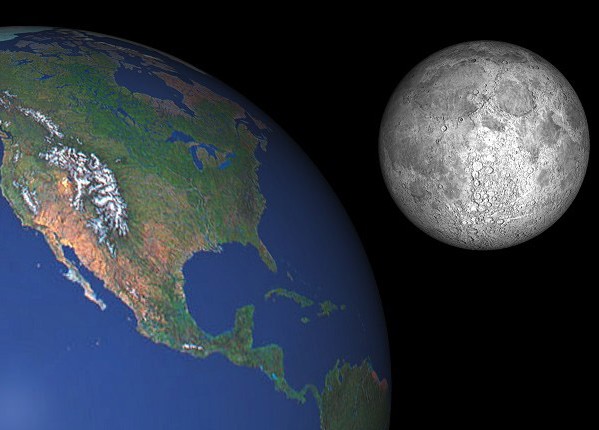
Properties of Stars:
Brightness of Stars- The Brightness of stars will usually depend on how close the star is to earth. The stars closest to earth will appear brighter then others. But this is not always the case, it also will depend on the stars luminosity. Luminosity is the measure of the total ammount of energy a star radiates per sceond.
The Temperature of stars- The temperature of stars depends on the colour of the star. Stars that are yellow are mainly a medium temperature (6000 degrees C), While red stars are a more cool temperature (3000 degrees C), and blue stars come in the hotest at about 20 000-35 000 degrees C.
Constellations:
Constellations- Constellations are groups of satars that form a pattern (object). We have 64 constellations, but if one were to look up at the sky, the may be able to see there own shapes, but they may not be a constellation, just an object of imagination.
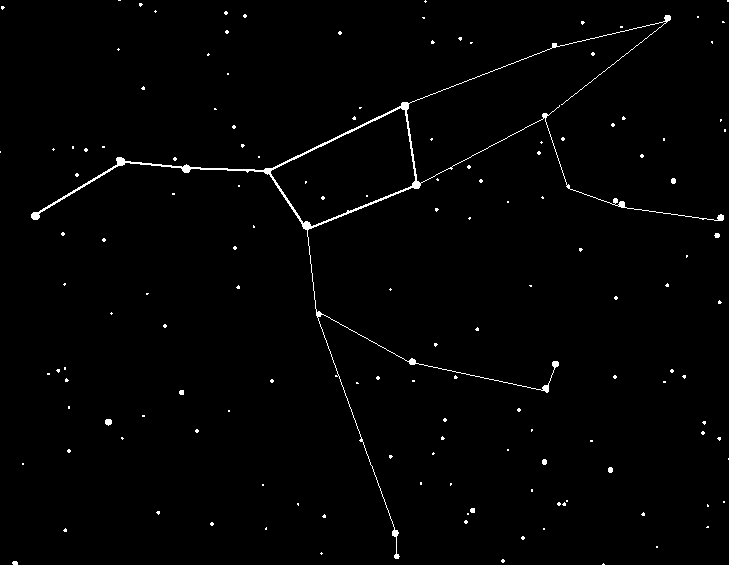
Evolution of Stars:

Formation of Stars:
Formation of Stars- For a long time, we thought that the space between stars, the inter-stellar medium, was empty. We now know that stellar winds, planetary nebulae, and supernovas fill up the inter-stellar. Those are important ingredients in the formation of stars. The inter-stellar medium is composed mostyl of hydrogen (75%) and helium(24%) with traces of other elements like carbon, nitrogen, oxygen, and carbon silicate dust. With the technology we have now, were able to look into cloudy mediums and see the formation of a star (see picture below).
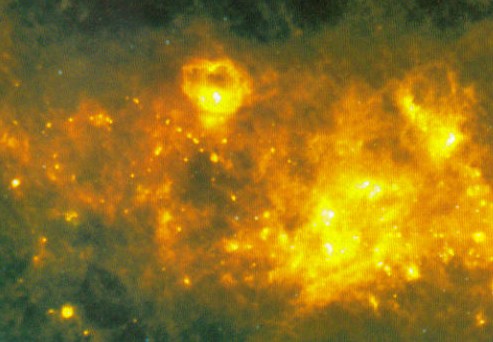
Star Clusters:
Star Clusters- Stars Clusters are pretty much what they sound like, it is when a bunch of star will cluster together. There are types of star clusters, open clusters and globular clusters. Open clusters are collections of 50 to 1000 stars that appear dispersed along the main band of the milky way. Globular clusters are collections of 100 000 to 1 million stars arranged in distinctive spherical shapes.
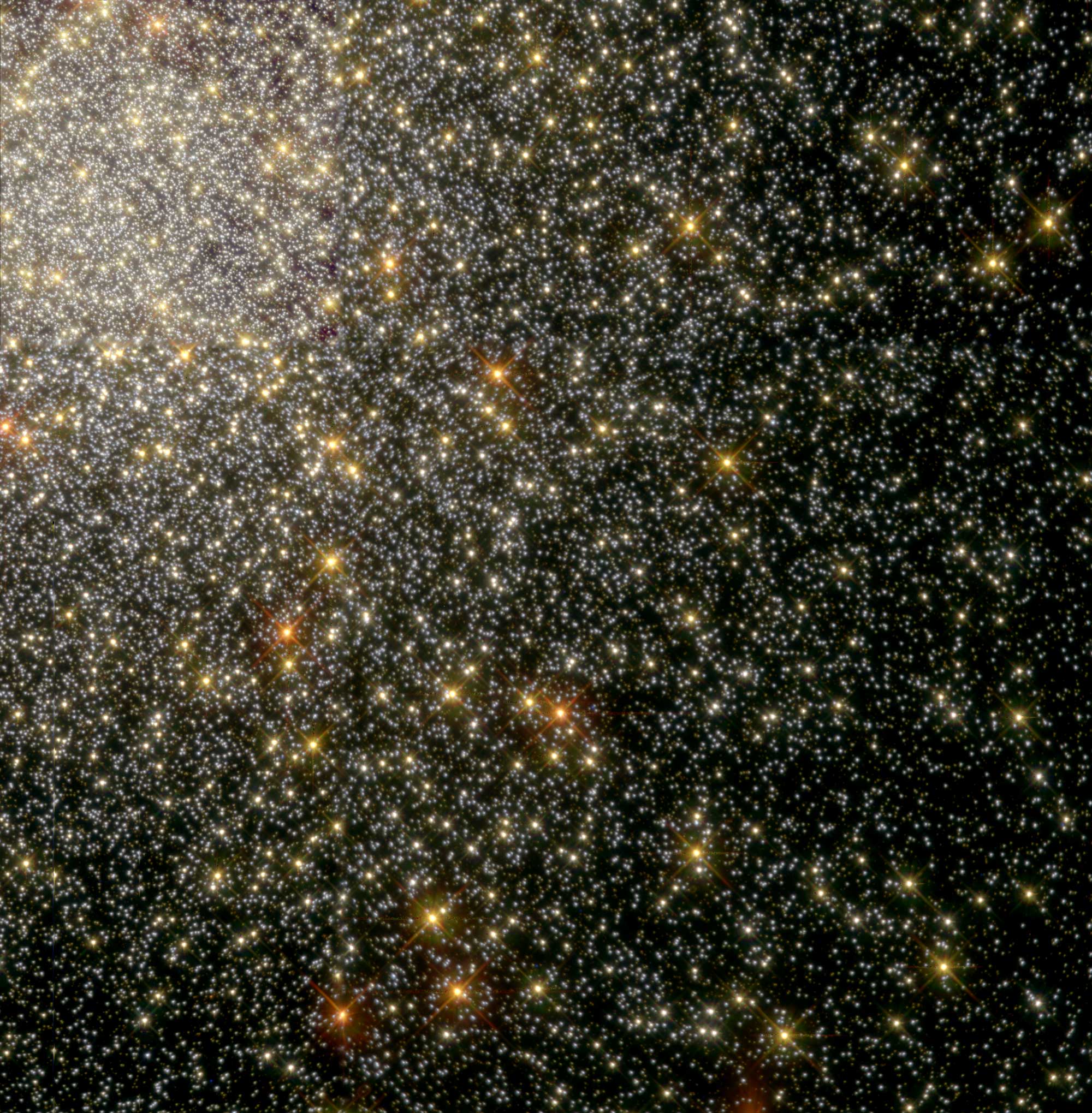
Satellites:
Satellites- A Satellite is able to do so many things, we most commonly use satellites to forecast weather, carry out research, and help ships, aircrafts, and other vehicles navagate.
